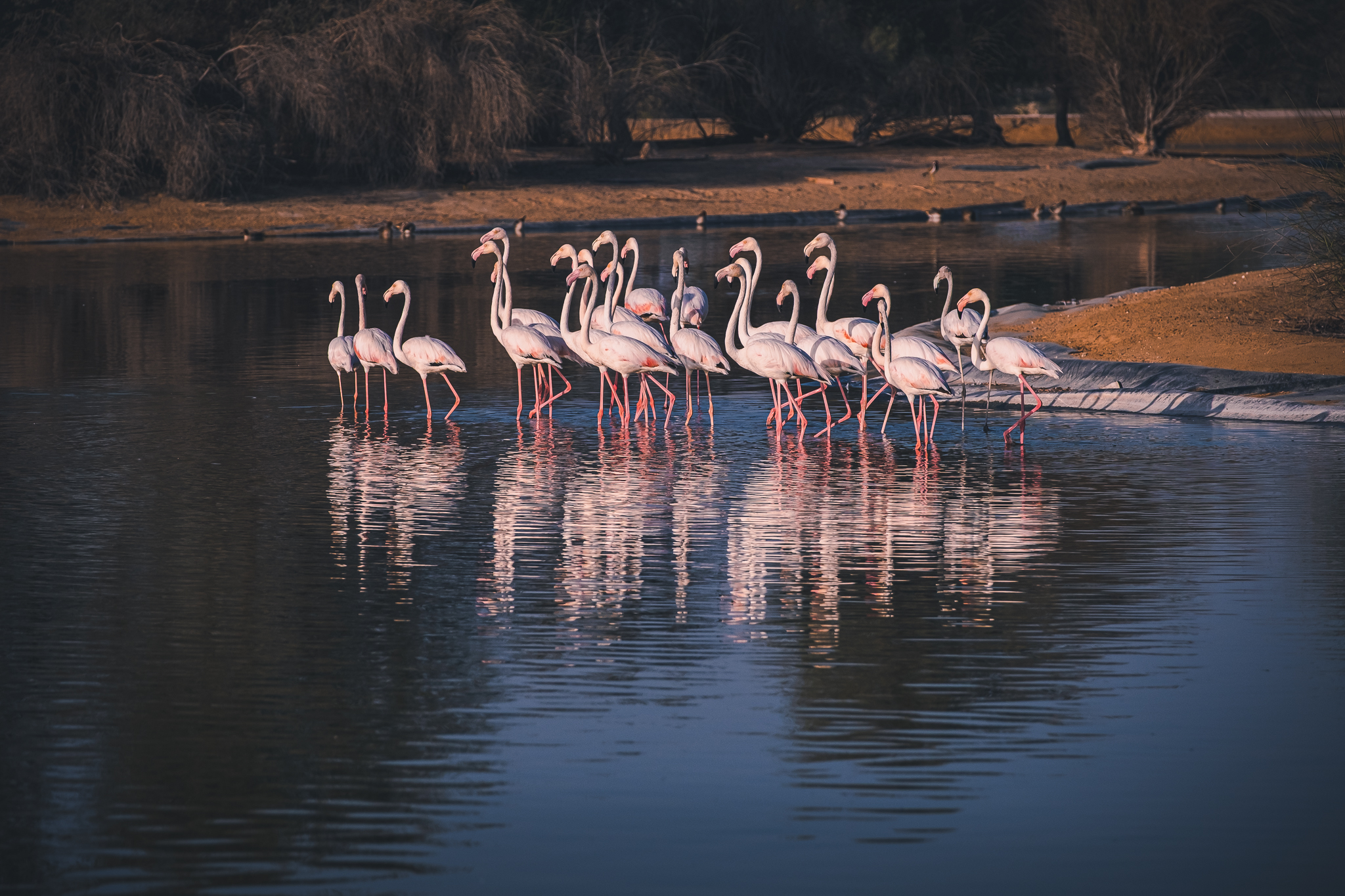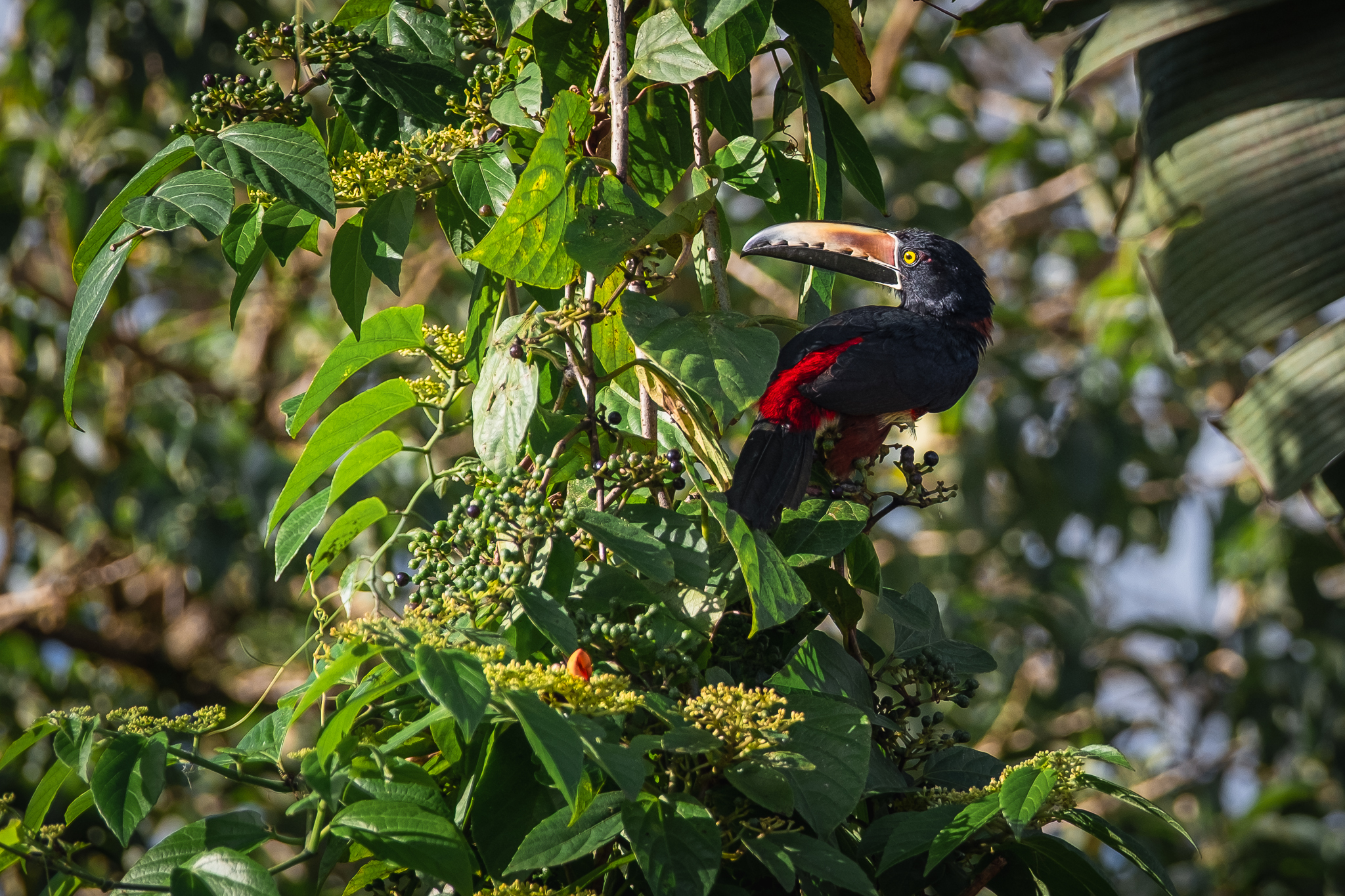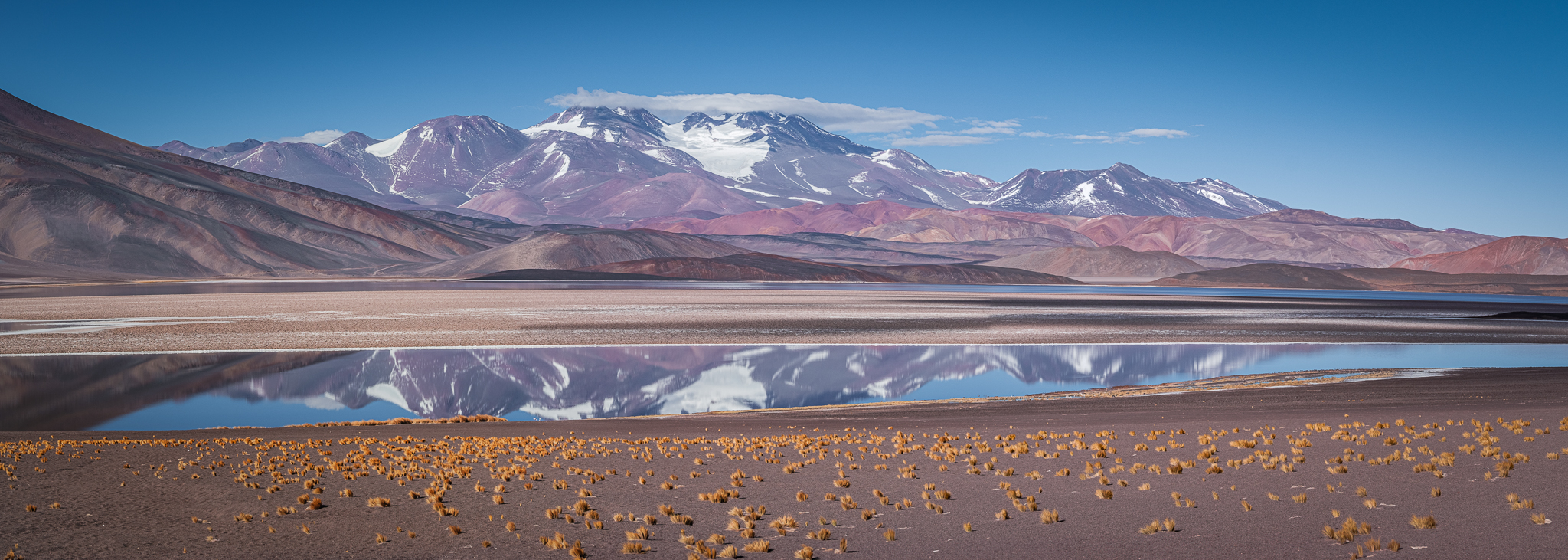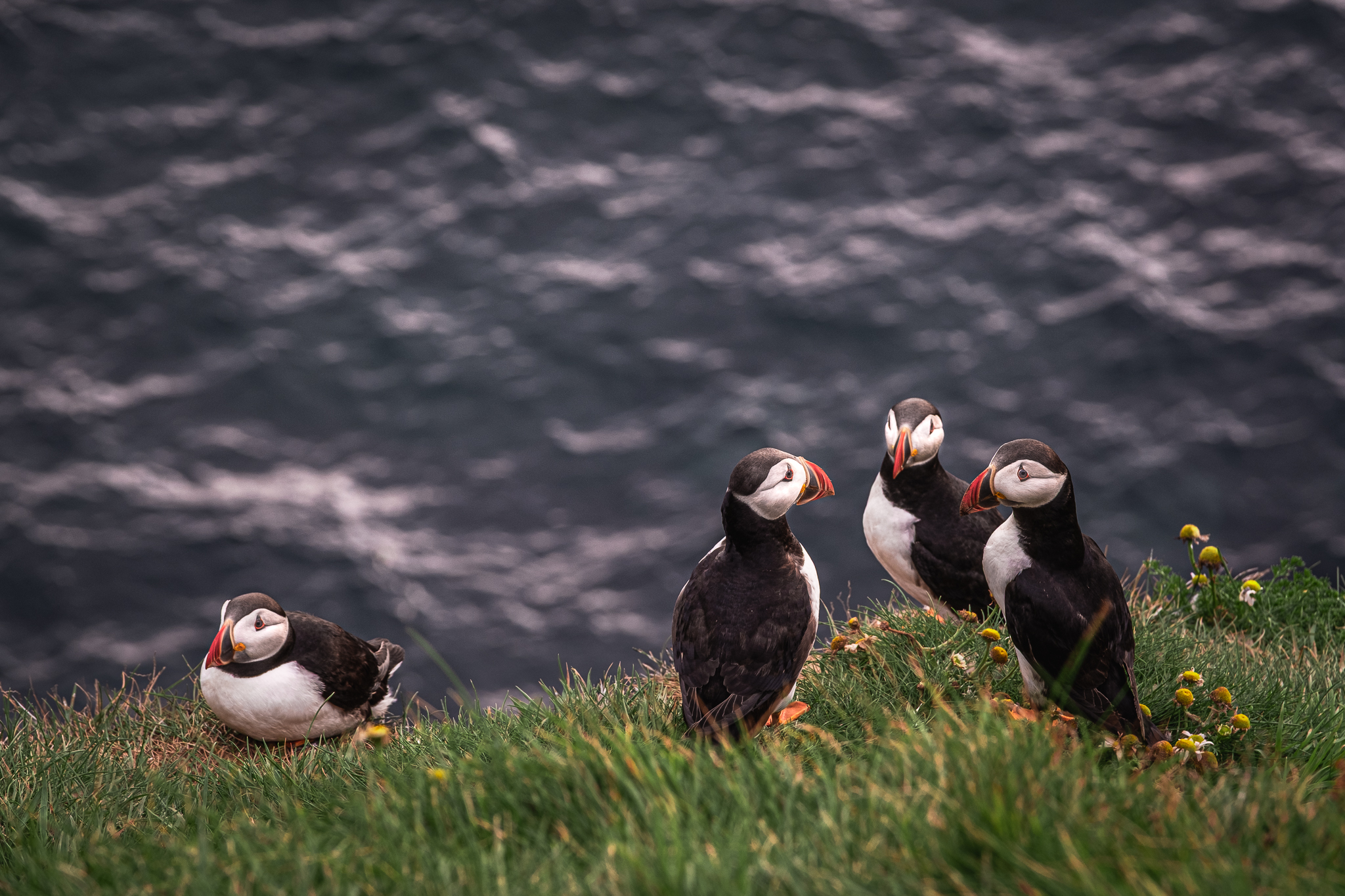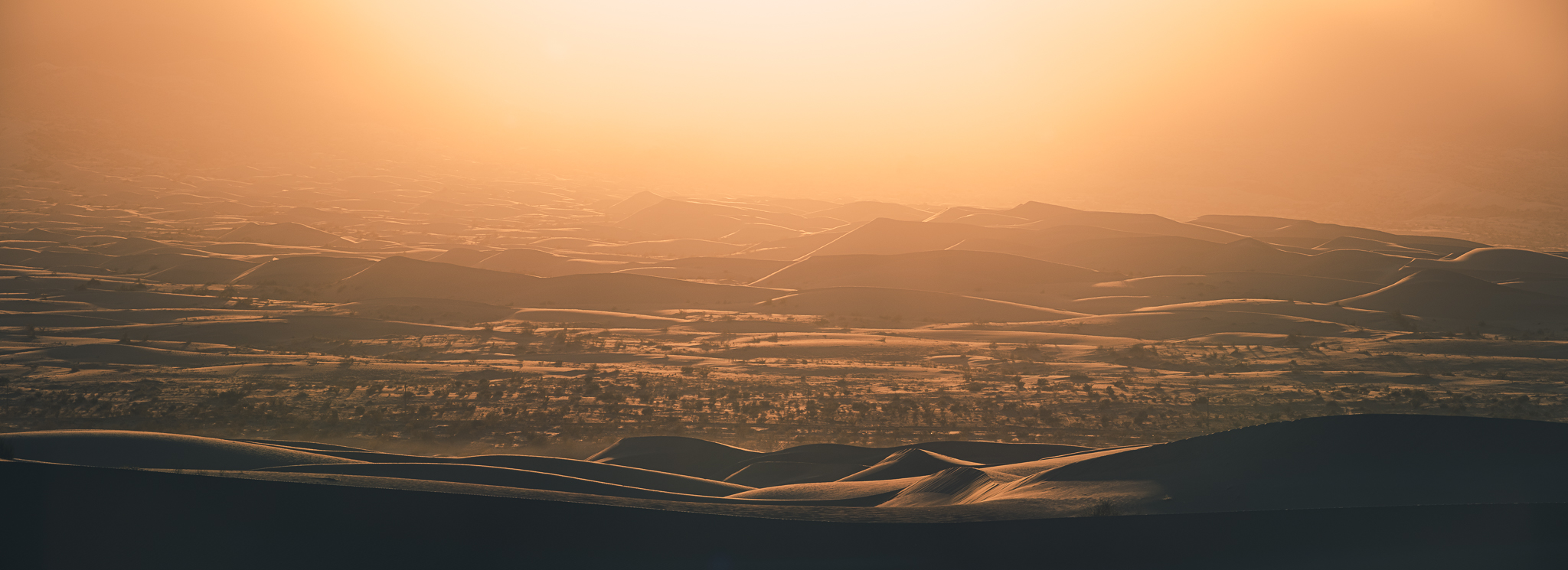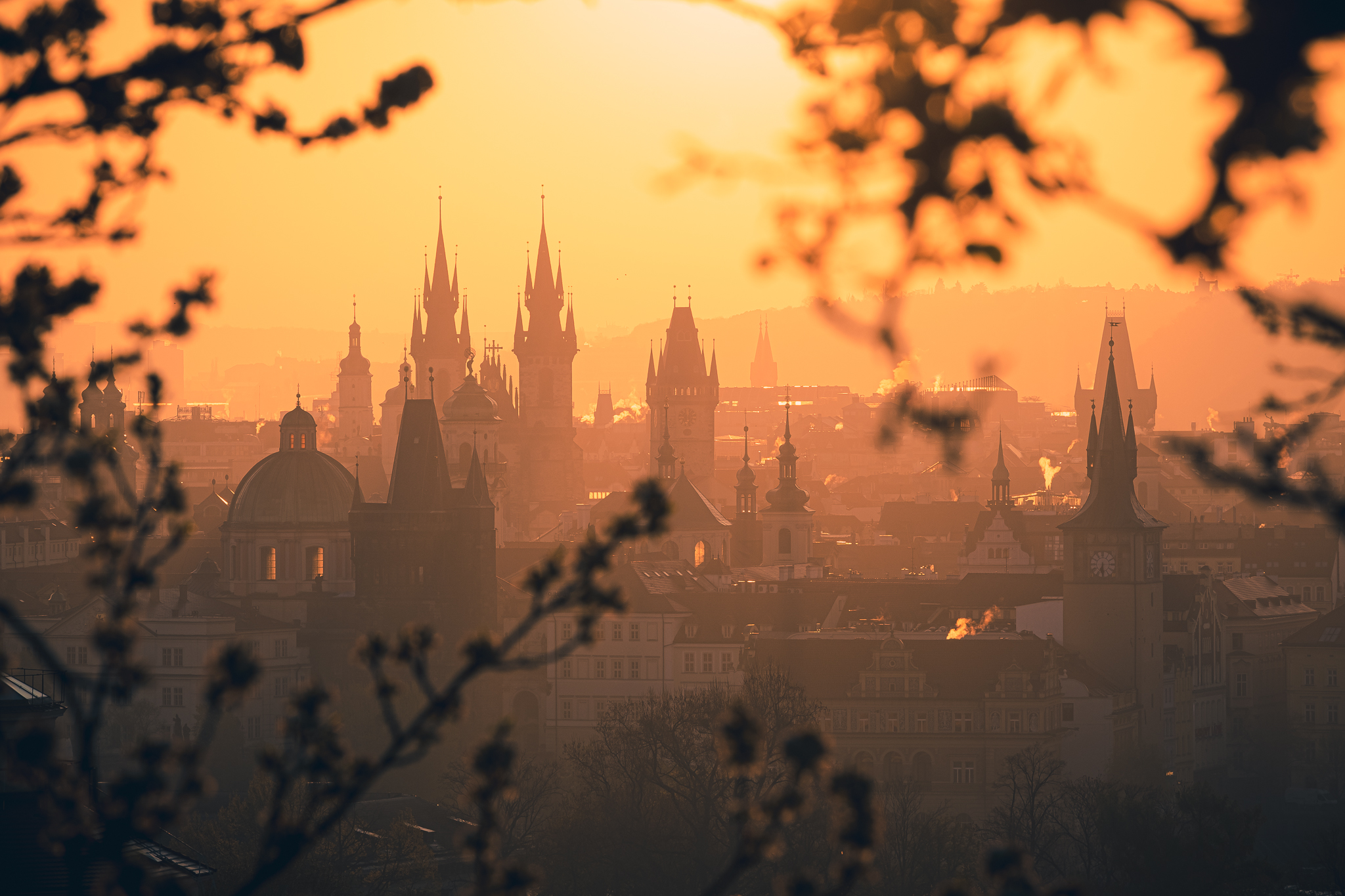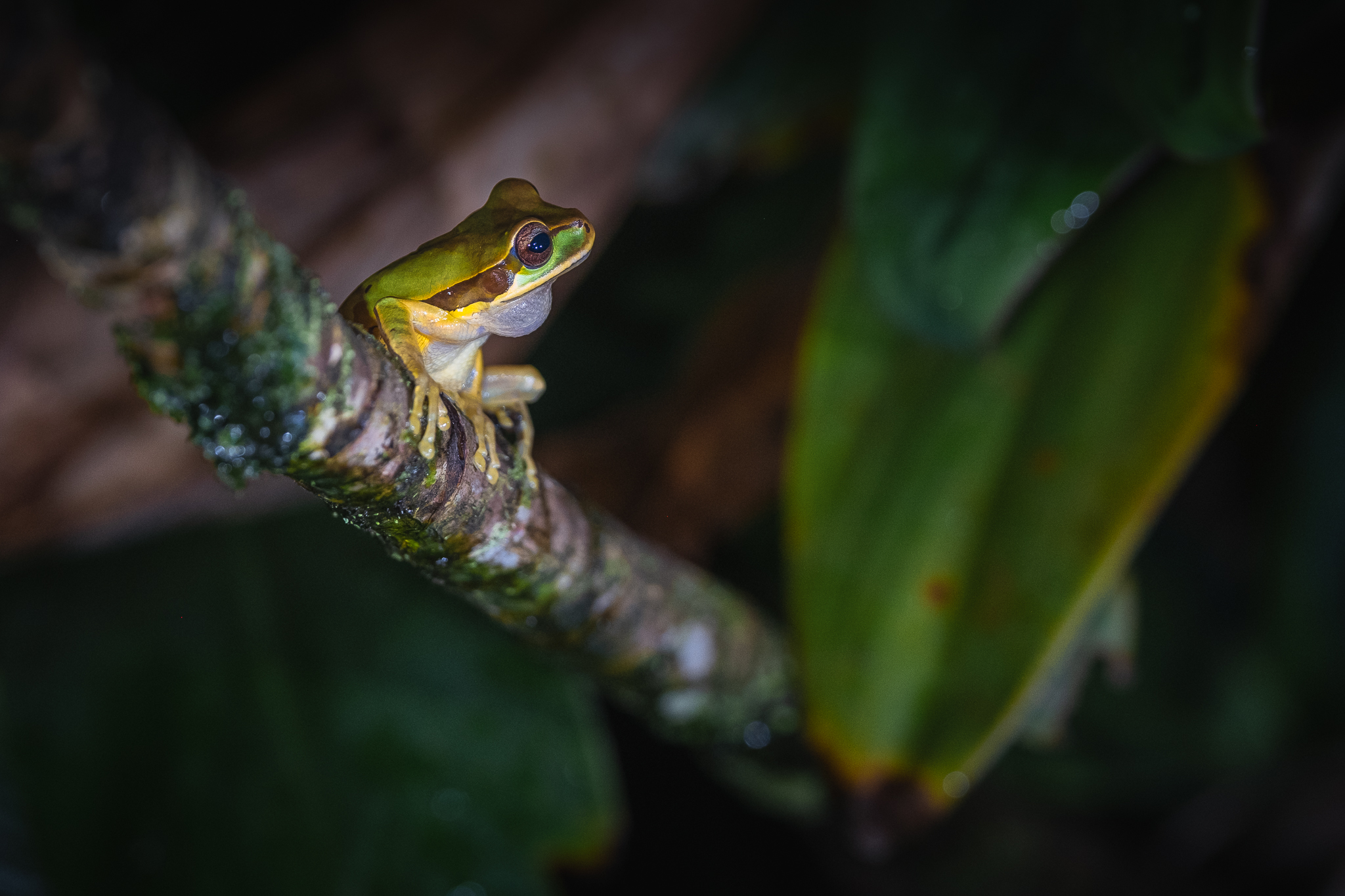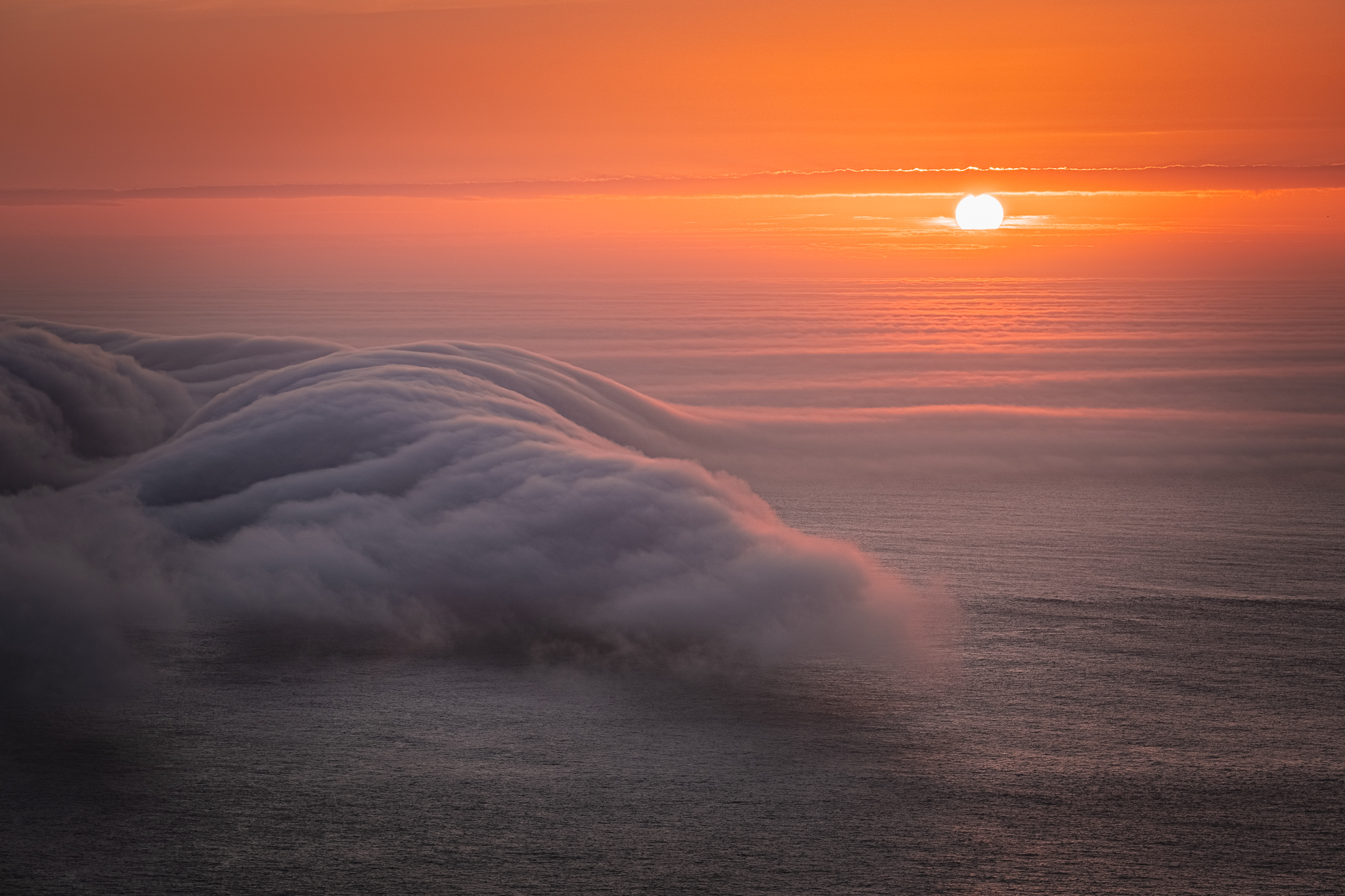Fujifilm 50-140mm f/2.8 Review (Long Term)
Here at Ultralight Photography, I’m all about finding the sweet spot between minimal weight and maximum image quality. Most of the time, that means shedding grams, ditching bulk, and climbing light. But there are moments when the best tool for the shot happens to be a bit of a beast. Enter the Fujifilm XF 50-140mm f/2.8 R LM OIS WR—a pro-grade telephoto zoom that’s built like a tank but delivers exceptional results when weight isn’t the top priority.
I’ve owned this lens for a few years now, and while it’s rather far from ultralight, I’ve found it incredibly useful in situations where I don’t care that much about weight. So, no, it doesn’t come on multiday treks with me—but when I’m out for a single-day hike or shooting from a car, this lens earns its spot in the bag.
Let’s dive in.
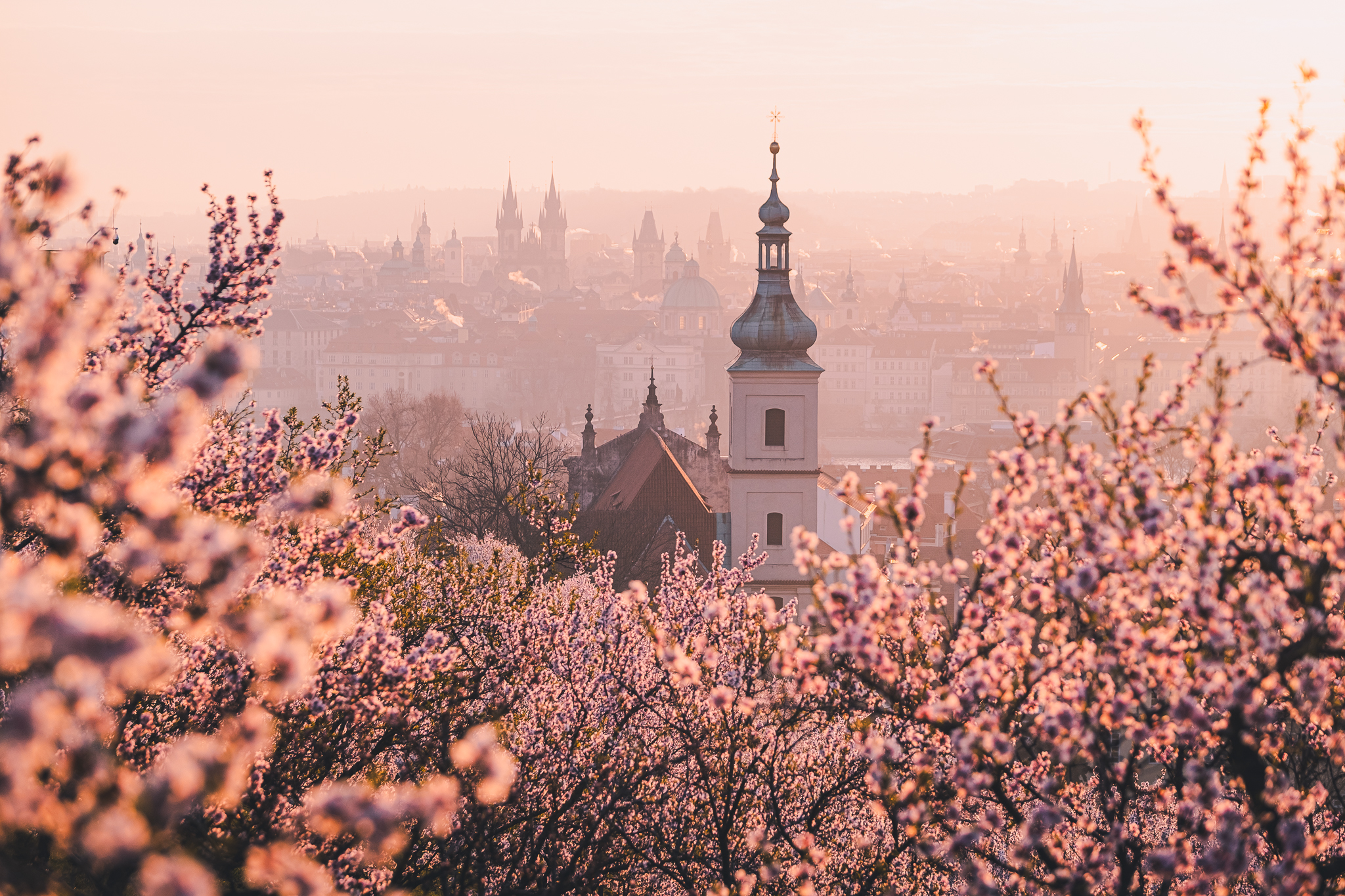
Basic Specs and Build Quality: Fuji’s Workhorse Telephoto
- Focal Length: 50-140mm (equivalent to 76-213mm full-frame)
- Aperture: Constant f/2.8
- Image Stabilization: Yes, Optical Image Stabilization (OIS)
- Weather Sealing: Fully weather-resistant (WR)
- Autofocus: Linear Motor, silent and fast
- Weight: 995g (2.2 lbs)
- Filter Size: 72mm
This lens is Fuji’s answer to the classic 70-200mm f/2.8 on full-frame systems, and it plays that role perfectly for X-series shooters. It’s big, solid, weather-sealed, and designed to be used in tough environments. You could probably knock over a small tree with it—but I recommend just taking photos of the tree instead.
Why Use a Telephoto Lens?
If you’ve only ever shot ultrawide or standard focal lengths, a telephoto lens can feel like a revelation. It compresses distances, isolates subjects, and pulls in scenes that would otherwise be out of reach.
Here are some scenarios where the Fujifilm 50-140mm excels:
- Landscape compression: Mountains look massive when shot at 140mm from afar.
- Wildlife photography: The extra reach lets you shoot from a safe and respectful distance.
- Portraits: Flattering compression and shallow depth of field at f/2.8.
- Detail studies: Textures, patterns, or tight crops within a landscape.
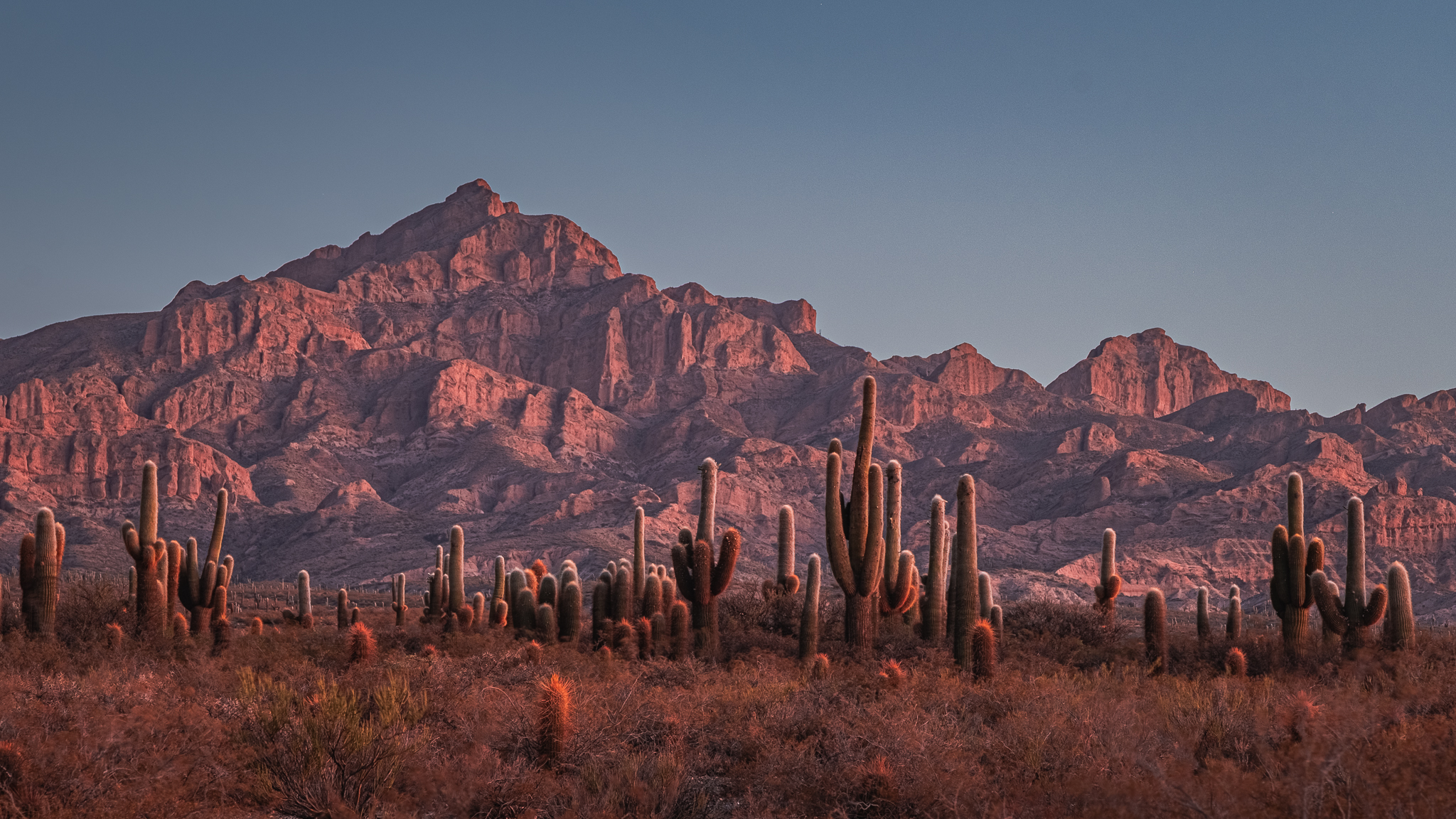
What I Love About the Fujifilm 50-140mm
Let’s get this out of the way: it’s not light. But what it offers in return is absolutely worth it when weight isn’t a constraint.
✓ Optical Quality:
I appreciate its optical quality and beautiful rendering. Sharp from corner to corner even wide open, with smooth bokeh and excellent contrast. It handles chromatic aberration and flare impressively well, and I’ve found colors come out rich and vibrant straight out of camera.
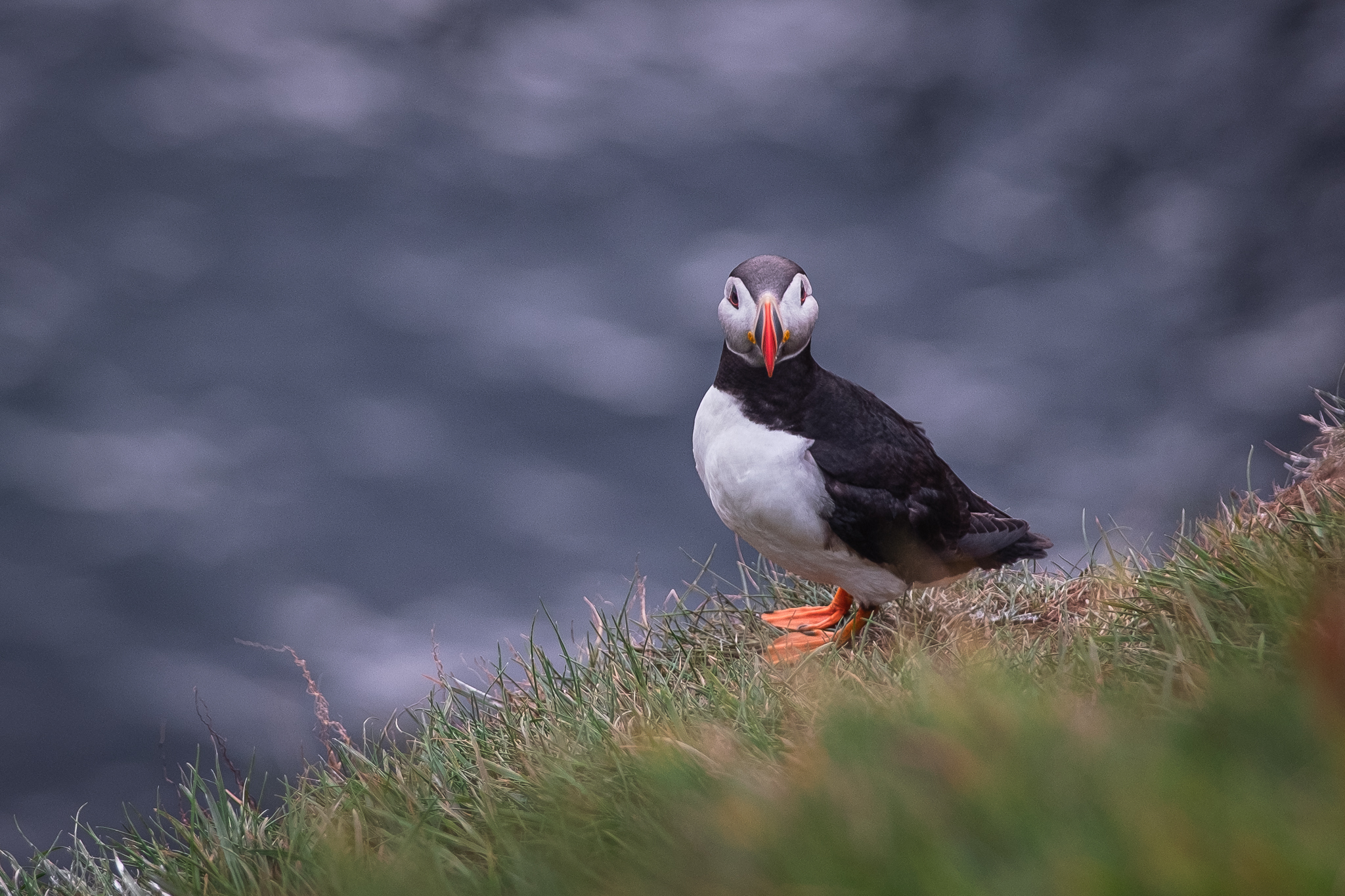
✓ Built Like a Pro Tool:
The weather sealing and rock-solid construction give me confidence in challenging conditions—from alpine drizzle to sandy trails.
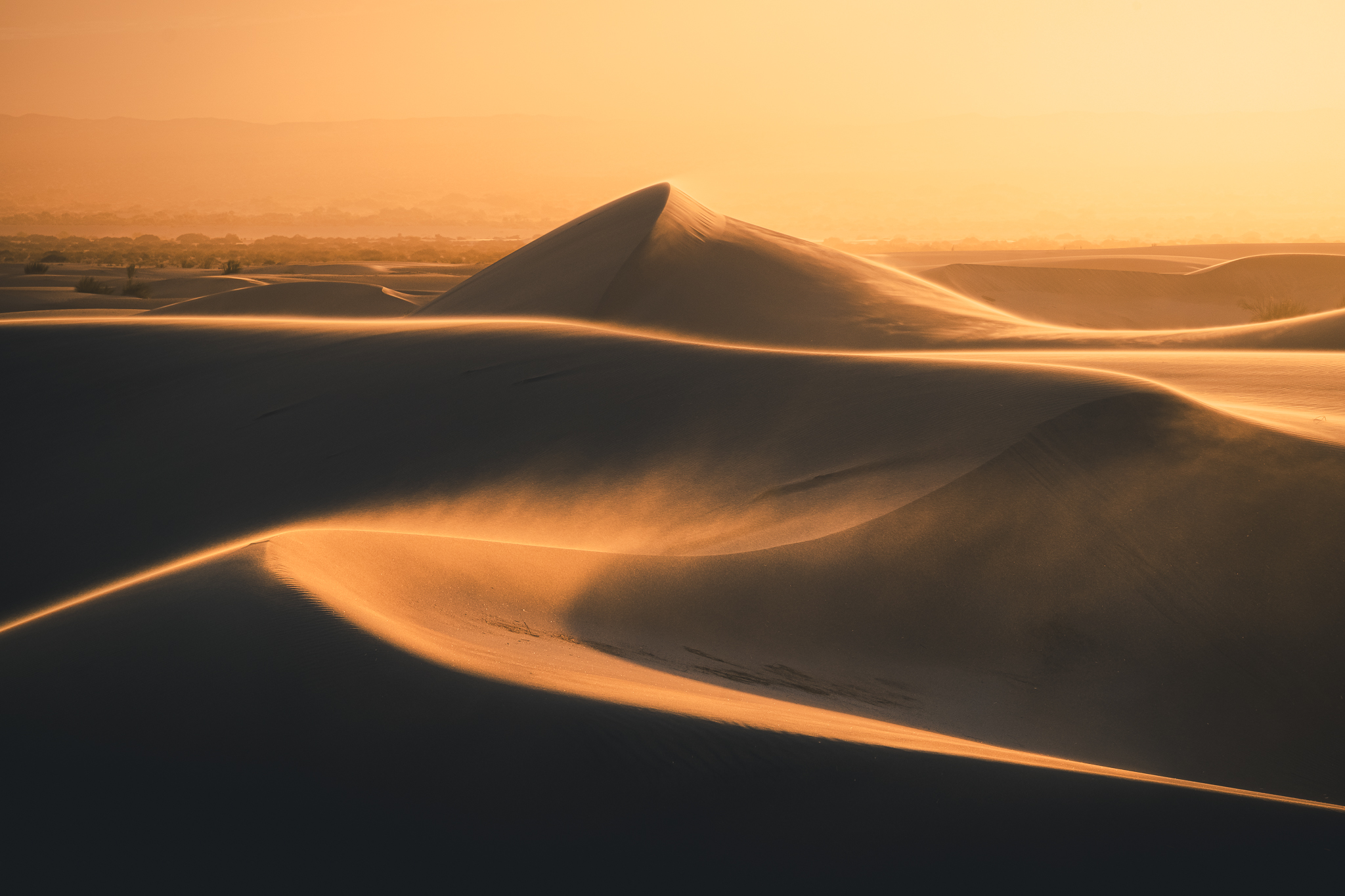
✓ Versatile Focal Range:
Whether I’m framing a distant mountain ridge, capturing intimate wildlife moments, or isolating textures in the landscape, this lens covers a wide range of scenarios. While it’s not a true macro lens, it offers a surprisingly decent close focusing distance (1 meter), making it quite capable for semi-macro shots—perfect for flowers, insects, or details that catch your eye on the trail.
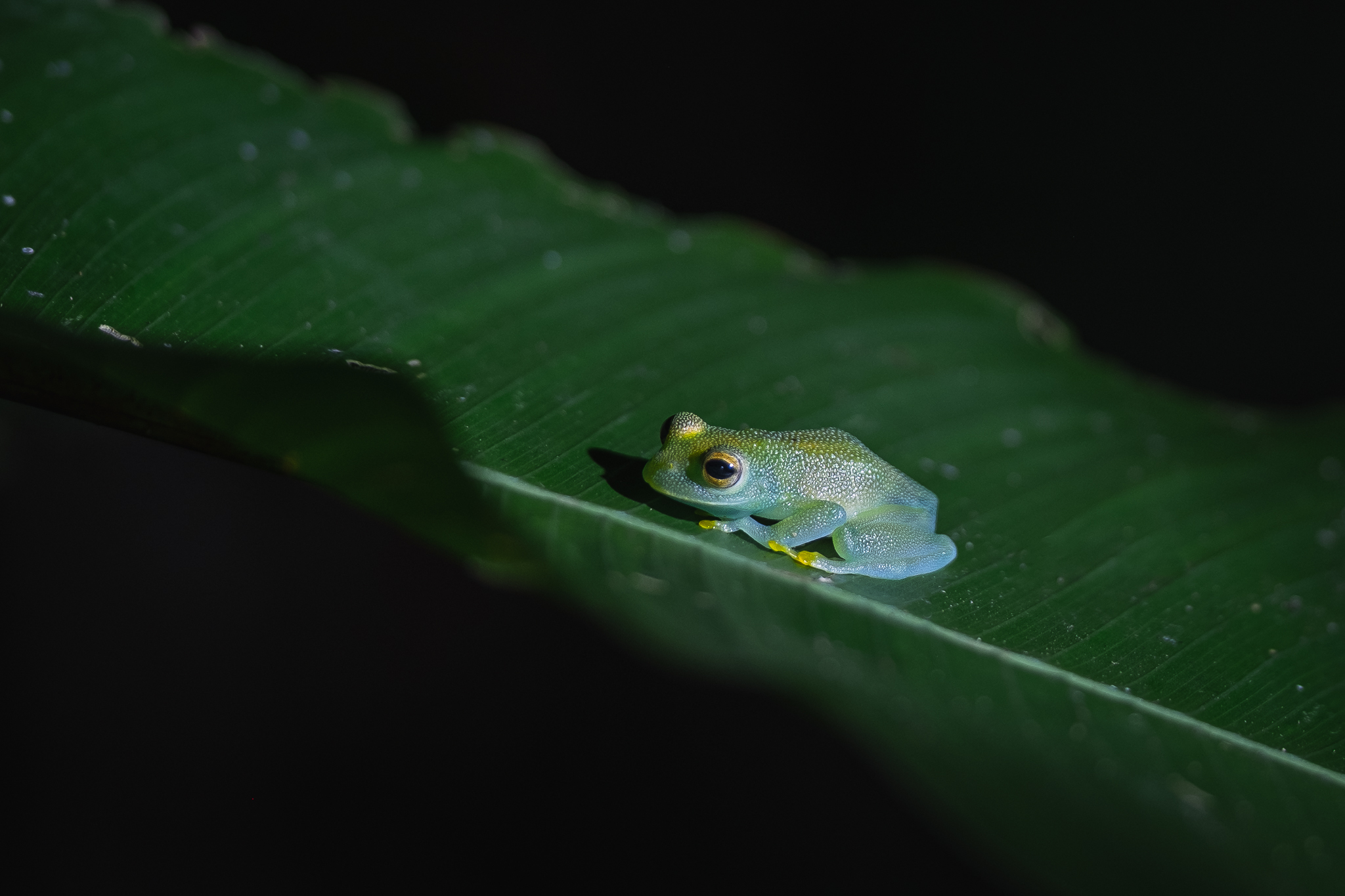
Things to Consider: The “Cons”
Weight and Size:
At nearly 1kg, this lens is a beast. It’s not something you toss in your bag “just in case.” If your trip is multi-day or you’re pushing elevation, the 50-140 probably won’t make the cut.
Price Point:
Premium glass comes at a premium price. That said, it holds its value well and feels like a long-term investment.
Can Be Overkill:
For casual shoots or documentary-style photography, it can feel like too much lens. The f/2.8 aperture and stabilization are great, but not always necessary depending on your style.
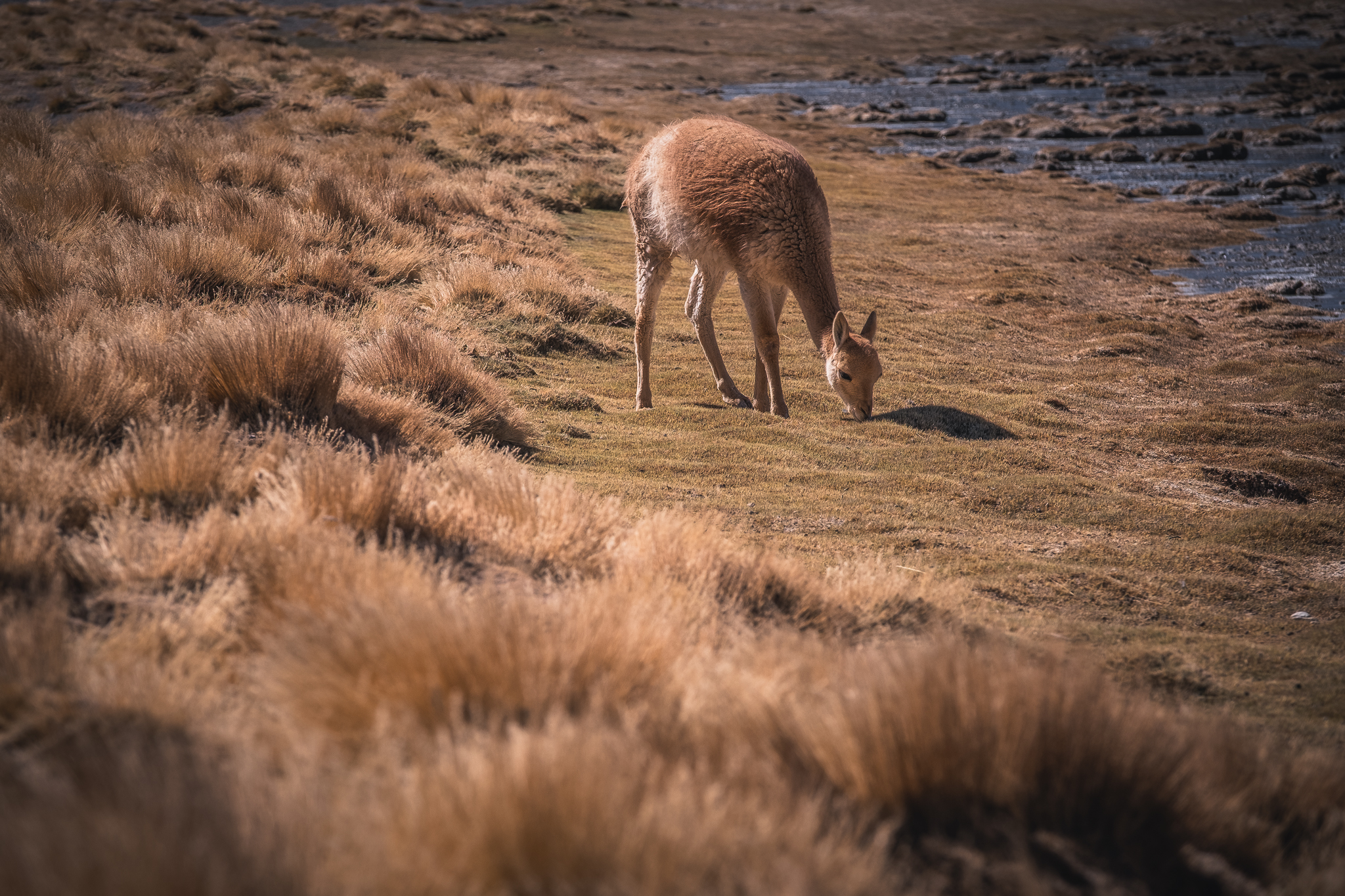
Panoramas: Stitching for Super-Resolution
One of the lesser-known powers of this lens is how great it is for panorama stitching. With edge-to-edge sharpness and minimal distortion, it’s perfect for creating ultra-high-res landscape composites. The telephoto focal length helps you isolate elements and build scenes layer by layer.
Whether handheld or on a tripod, the OIS helps get tack-sharp frames that stitch beautifully. I’ve created sweeping vistas with this lens that I simply couldn’t replicate with a wider prime.
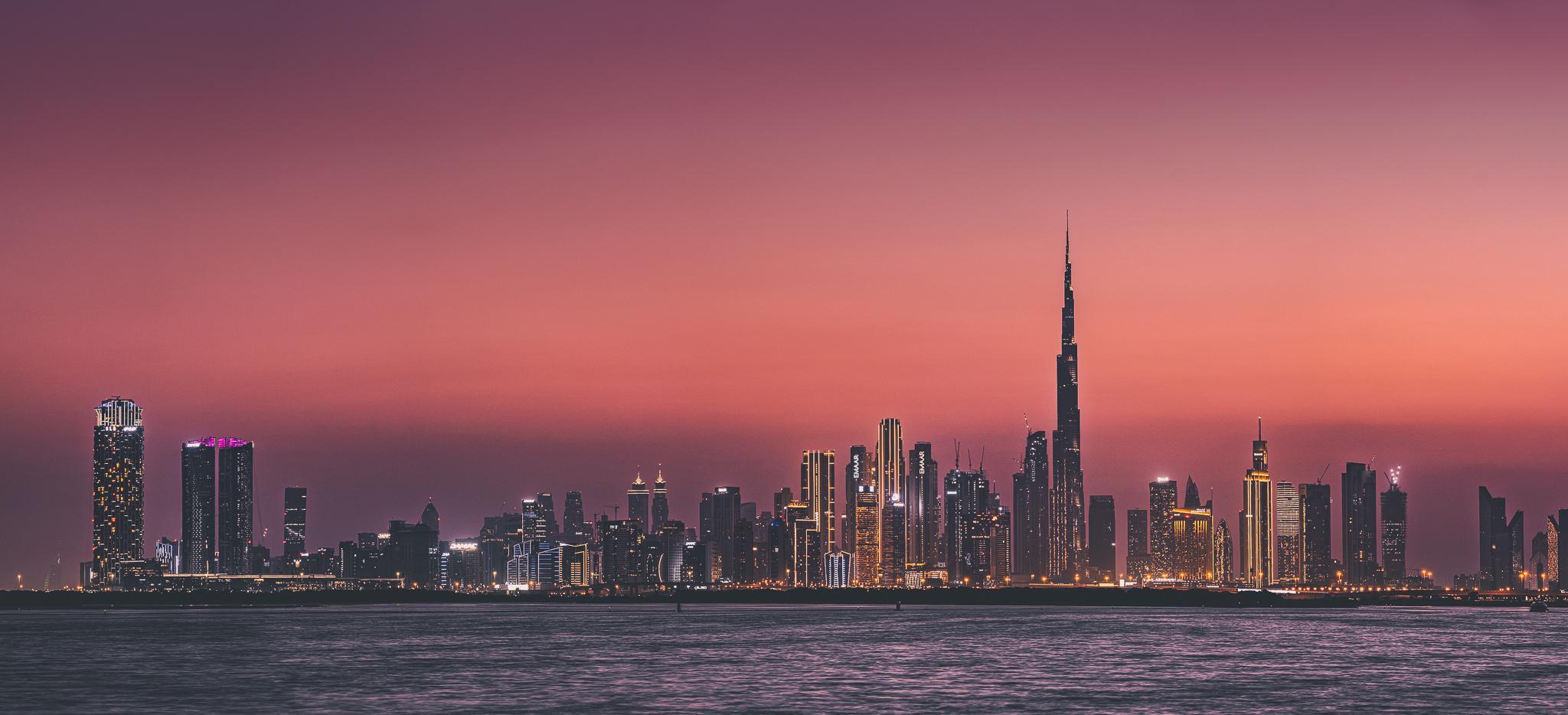
A Quick Note on the 2x Teleconverter
I also gave the Fujifilm XF 2x TC WR Teleconverter a try with this lens, hoping to extend the reach even further for wildlife or distant details. While the idea is tempting—turning the 50-140mm into a 100-280mm equivalent—the reality didn’t quite meet expectations.
The trade-off comes in two main forms:
- Aperture loss: The maximum aperture drops from f/2.8 to f/5.6, which is quite noticeable in low light or when trying to maintain shallow depth of field.
- Image quality: Sharpness takes a visible hit, especially toward the long end, and the overall rendering loses some of that beautiful crispness the bare lens delivers.
In the end, I found I rarely reached for the teleconverter. It’s an option, but one I personally didn’t find especially useful with this particular lens.
Final Thoughts: Not for the Ultralight, But Still Worth Carrying
Let’s be clear: this lens is not joining me on a weeklong backpack through the Andes. But for single-day hikes, wildlife trips, or car-based landscape shoots, the Fujifilm 50-140mm f/2.8 has been an invaluable part of my kit.
Its optical quality, robust build, and flexibility make it one of the most rewarding Fuji lenses I’ve used. While it may clash with the “ultralight” philosophy, sometimes image quality is just worth the extra grams.
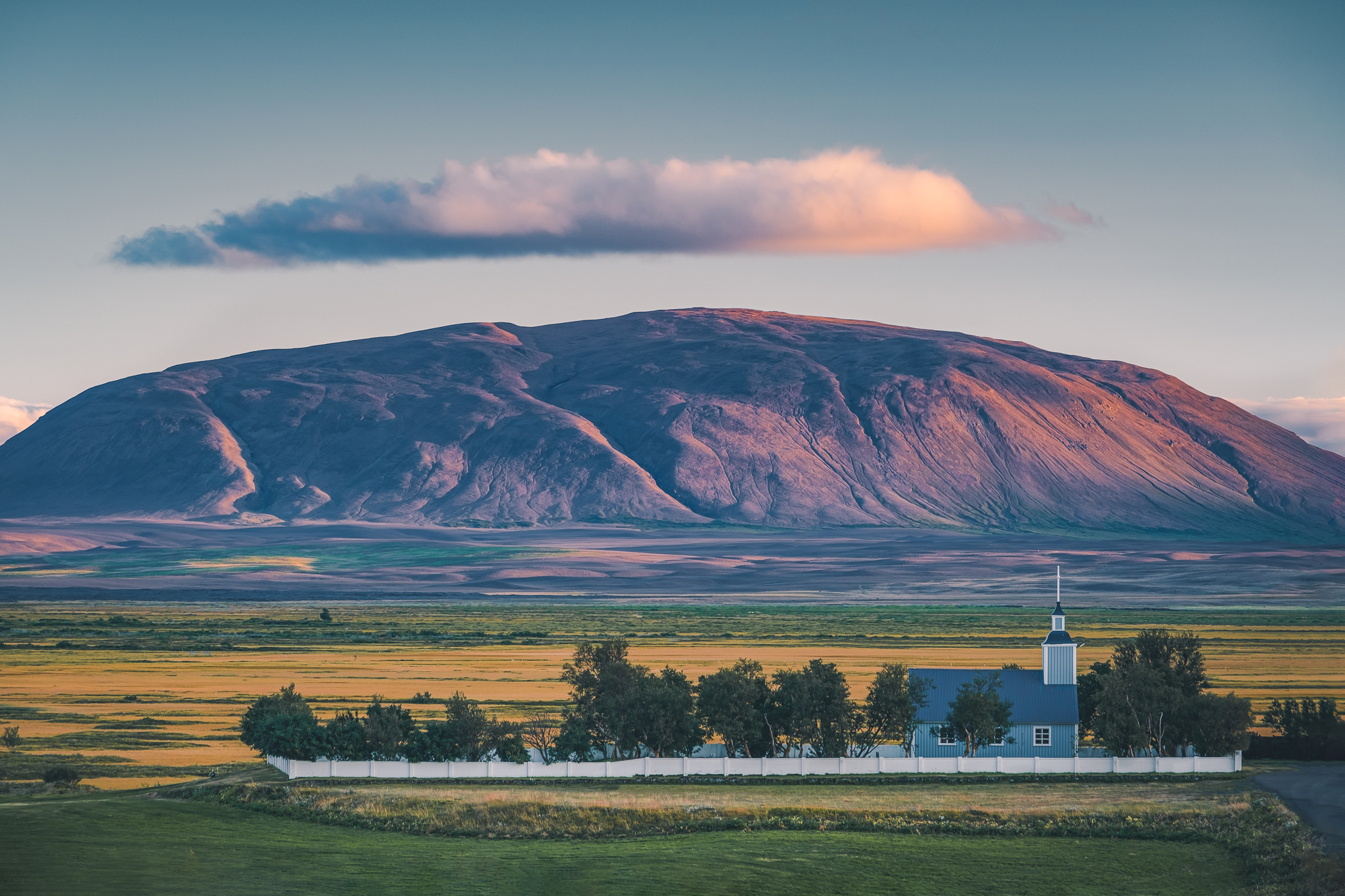
Would I Recommend It?
If you’re a Fujifilm shooter looking for a top-tier telephoto and don’t mind the weight—absolutely yes. It’s a lens that delivers pro-level results in a weather-sealed, reliable package.
That said, it’s not the only option. If you need more reach—particularly for serious wildlife work—the Fujifilm XF 100-400mm or even XF 150-600mm might be a better fit. On the other hand, if you’re after something lighter and more affordable, consider the XF 70-300mm, XF 55-200mm, or even the XC 50-230mm for casual telephoto needs. Each has its strengths, especially when weight matters.
If you’re thinking of picking up the Fujifilm 50-140mm f/2.8, consider using this Amazon link. It won’t cost you anything extra, but it helps support Ultralight Photography and keeps the reviews and field-tested content coming. Thanks!
Have you used the Fuji 50-140mm? Share your thoughts or questions in the comments—and scroll through the gallery below for sample images made with this lens.
